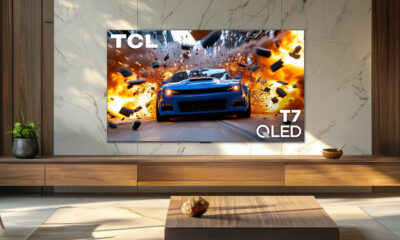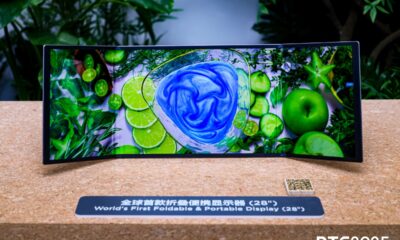News
TCL True Energy Saving SE Air Conditioner Hits 400,000 Units with Zero Complaints
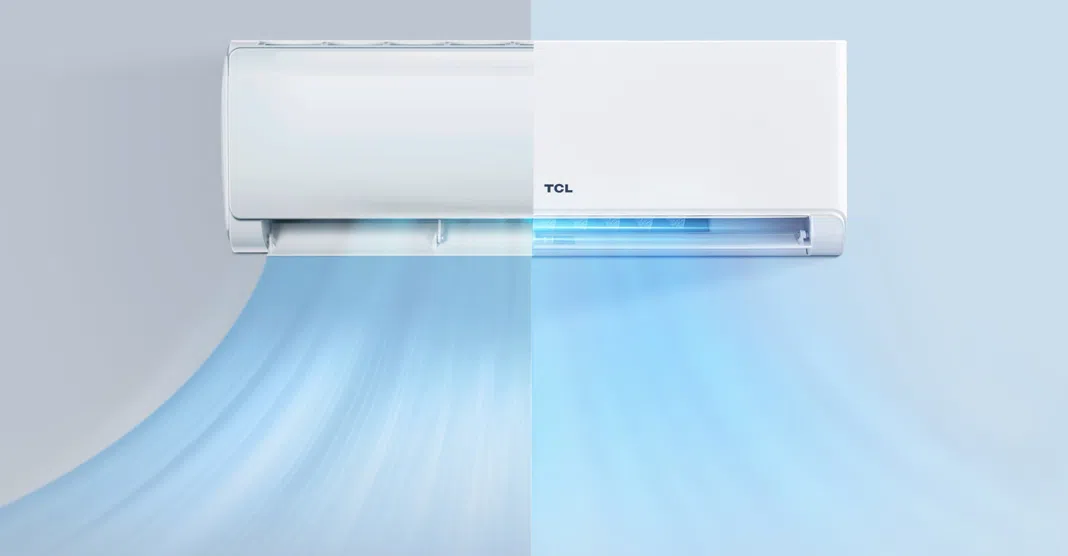
TCL has announced that its True Energy Saving SE Air Conditioner has surpassed 400,000 units in China in cumulative sales without receiving a single negative review. The company says this figure represents a shift in how smart cooling products are evaluated, less about marketing claims and more about consistent delivery on performance, energy efficiency, and air quality. In an industry often criticized for uneven service and product lifespan, TCL’s SE series sets a new reference point by focusing on core user concerns: electricity savings, comfort, and reliable operation.
The SE air conditioner runs on TCL’s proprietary AI Energy Saving 2.0 technology. The system uses built-in data modeling to automatically adjust compressor and fan speeds based on room conditions. TCL says this helps the unit consume less power without requiring user intervention. The air conditioner exceeds China’s new Grade 1 efficiency standard and can save up to 217 KW/H of electricity annually. The energy savings come from a combination of intelligent operation, dual DC inverter systems, and an electronic expansion valve that maintains precise temperature control.
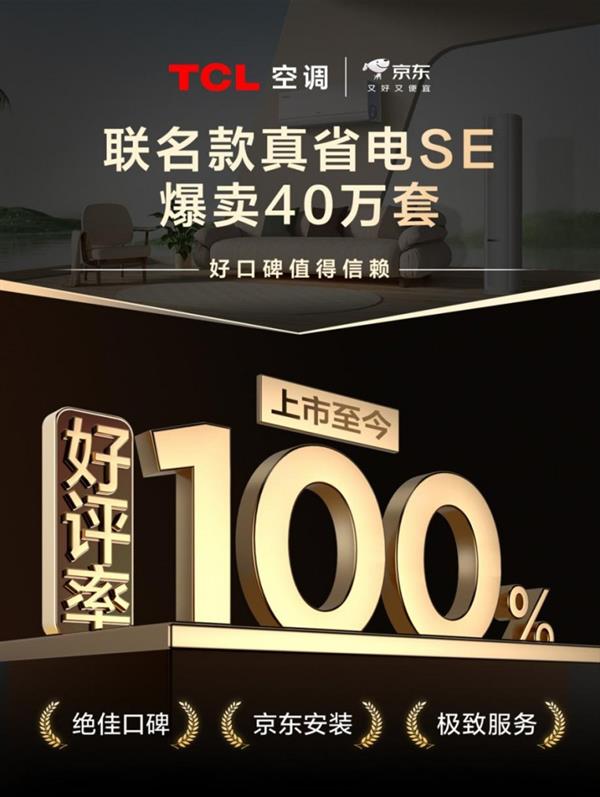
The unit reaches a target temperature faster than many standard models. It can cool a room to 18°C in 30 seconds and heat it to 40°C in 60 seconds. TCL credits the performance to a redesigned airflow system, which includes a large variable-pitch cross-flow fan and an optimized air duct design. This setup helps the SE series handle rapid shifts in climate control, which is useful for homes in regions with fluctuating temperatures.
The model also includes TCL’s fifth-generation 58°C high-temperature self-cleaning function. The system heats the evaporator and internal surfaces to eliminate moisture and reduce bacterial buildup. TCL says this cleaning cycle covers both the indoor and outdoor units. The air conditioner also operates quietly, with a noise level as low as 18 dB under certain conditions. This supports nighttime use without causing sleep disruption.
The SE series is built in fully automated TCL manufacturing centers. These facilities use a network of 31 industrial robots to manage assembly, testing, and packaging. The company says one air conditioner rolls off the production line every eight seconds. Quality control is managed by a three-level AI-driven inspection system that includes imaging-based visual checks and leak testing. TCL estimates that its automated quality control achieves eight times the accuracy of manual inspections.
TCL supports the product with same-day delivery and installation in key regions. The company works with logistics partners to handle high-rise and complex installations using certified technicians. This approach is intended to address common complaints in the air conditioner category, where service quality often varies.
At CES 2025, TCL also introduced new models that expand its smart cooling lineup. These include updates to the FreshIN series, which now feature radar-based human detection, smart sleep mode adjustments, and multi-stage air filtration. TCL continues to position itself as a technology-focused brand in the air conditioning market, with an emphasis on automation, energy savings, and intelligent sensing. The SE series remains central to that strategy, combining tested hardware with software designed to adapt to real-world conditions.
In related news, TCL has introduced its flagship 2025 QD-Mini LED TVs in the UAE, aiming to expand in the premium large-screen segment. Meanwhile, in the US, TCL has launched the FLIP 4 5G feature phone priced at $79.99, featuring dual displays, 5G support, and up to 40 hours of talk time.
(Via)
News
TCL A400 Pro QD-Mini LED Art TV launched with 4K 144Hz display

TCL has launched the A400 Pro QD-Mini LED Art TV in the Chinese market. It aims to blur the line between display technology and interior design.
TCL A400 Pro Specifications
Since this is part of TCL’s Art TV series, design takes center stage. The screen sits inside a light walnut-textured frame with no visible seams, thanks to a single-piece bending process. It stays incredibly slim at just 3.99 cm for up to 75 inches and 4.45 cm for the 98-inch version.
The rear panel takes on a textured finish inspired by vintage hardbound books. TCL supports three placements: a slim wall bracket for a flush mount, a two-stage desktop stand, and an optional mobile floor mount with wheels.
On the performance side, the A400 Pro uses TCL’s QD-Mini LED tech with independent zone dimming and Quantum Dot Pro materials that cover 157% of the BT.709 gamut. It supports native 4K at 144Hz, plus 288Hz output in Game Mode. There’s also VRR, ALLM, and AMD FreeSync Premium Pro baked in.

TCL backs the visuals with the TSR AI engine, which tunes color, clarity, and motion frame by frame. The screen also adjusts brightness automatically using an ambient light sensor.
In Art Mode, the TV doubles as a digital canvas. It includes over 100 curated artworks and can generate original pieces using AI. It runs on Lingkong OS 3.0, skips boot ads, and uses the Fuxi AI model to power 18+ smart assistants for gaming, fitness, education, and more.
Pricing and Availability
The TCL A400 Pro is available in five sizes, with pricing that scales across the lineup. The 55-inch model starts at 7,999 yuan (about $1,120), while the 65-inch version is priced at 10,999 yuan (about $1,540). The 75-inch variant costs 12,999 yuan (about $1,820), the 85-inch model comes in at 14,999 yuan (about $2,100), and the top-end 98-inch version is priced at 19,999 yuan (about $2,800).
In related news, RayNeo’s Air 3s Pro AR glasses dropped to $249 during the Black Friday sale, and TCL’s T7 4K QLED Smart TV continues to draw attention for its feature set and performance in the midrange segment.
Deals
RayNeo Air 3s Pro AR Glasses Drop to $249 in Black Friday Deal
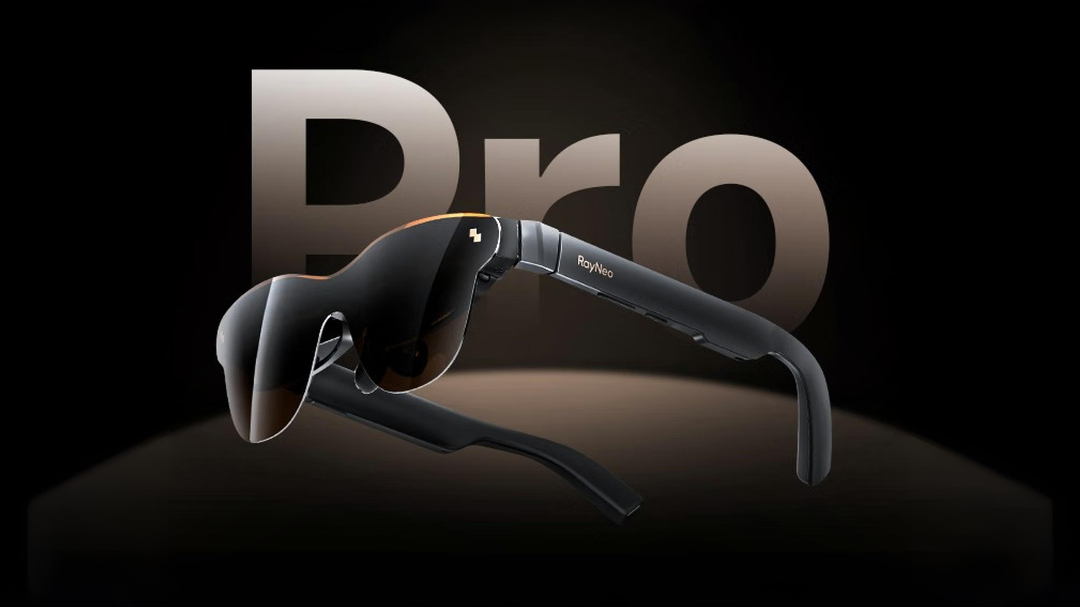
RayNeo’s latest smart AR glasses, the Air 3s Pro, are now hitting their lowest price ever for Black Friday 2025. Originally launched at $299 in August, the Air 3s Pro has dropped to $249 on the official website. The 17 percent discount runs through December 1 as part of a limited-time flash event.
The Air 3s Pro takes RayNeo’s XR vision further with a brighter and bolder display experience. It delivers a 201-inch virtual screen at 6 meters away, backed by HueView 2.0 Micro-OLED tech that pushes 1,200 nits brightness and a contrast ratio of 200,000:1. Color coverage reaches 98 percent DCI-P3, with six viewing modes that include Game, Movie, Eye Protection, and Vision Boost for different content types.
RayNeo includes OptiCare 3840Hz PWM dimming technology, TÜV-certified eye comfort, and 20-step brightness control to reduce strain. These features make the glasses suitable for binge sessions. On the audio front, a quad-speaker array with Whisper Mode 2.0 delivers spatial audio with privacy, suitable for commuting or late-night viewing.
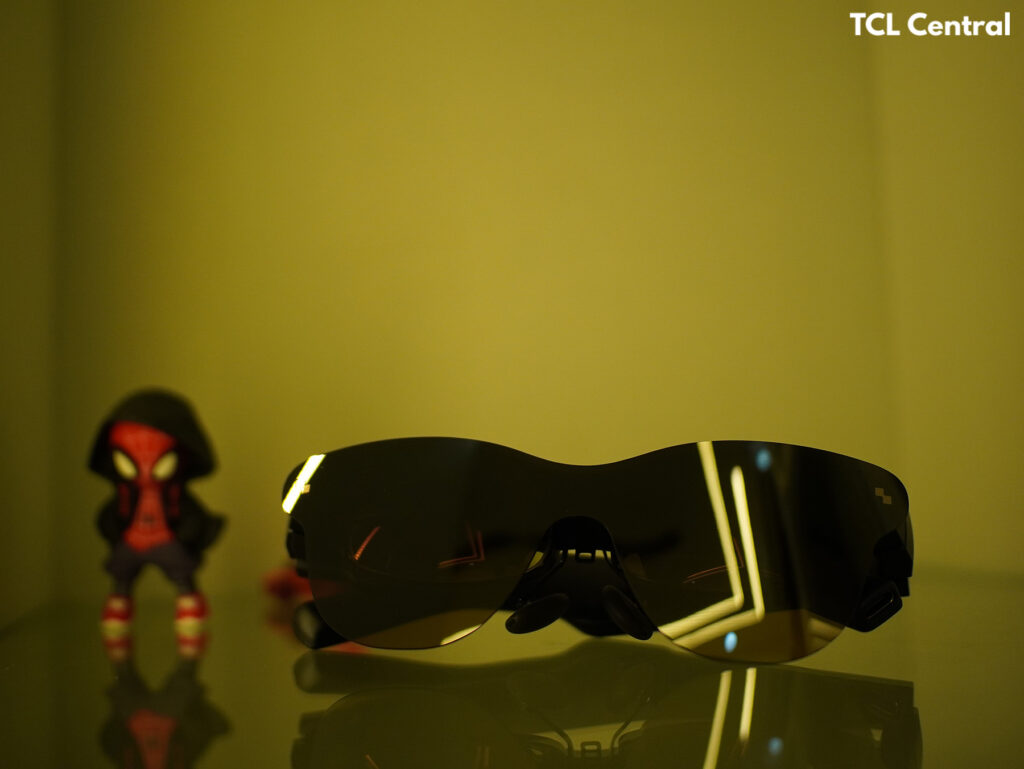
At just 76 grams, the glasses feature a carefully balanced front and rear weight distribution. They include flexible temple and nose pad adjustments for improved comfort. The Air 3s Pro connects via USB-C, HDMI, or accessories like JoyDock. It supports iPhones with DockKit, Android phones, gaming consoles such as Switch, PS5, Xbox, and also PCs.
Compared to its predecessors, the Pro model improves display brightness, color accuracy, and audio immersion. Whether watching YouTube, streaming Netflix, or playing a Switch game, the Air 3s Pro feels like a private IMAX you can wear.
RayNeo now offers one of the most full-featured AR glasses at its best price yet. For anyone considering a jump into XR, this may be the right time.
Buying Guides
What’s So Special About TCL T7 4K QLED Smart TV?
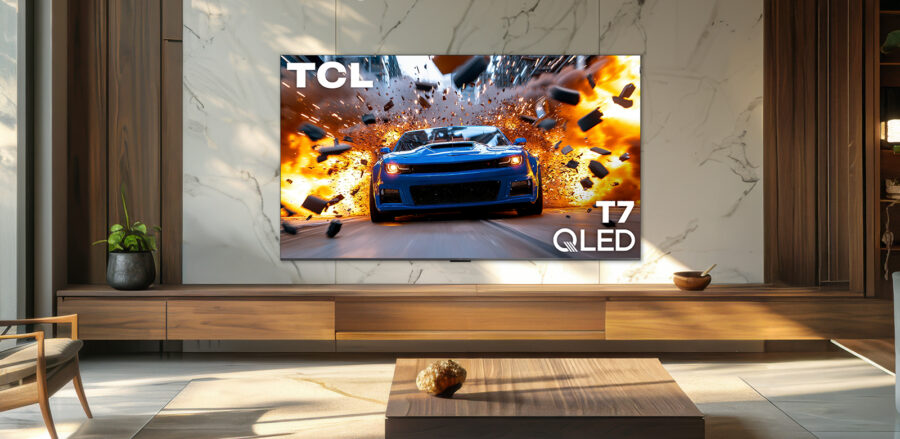
TCL has recently launched the TCL T7 4K QLED Smart TV series as its latest mid-range television lineup. The series includes 4K UHD resolution, QLED panels, high refresh rates, and Google TV integration. TCL positions the T7 as a premium entertainment and gaming TV that targets mainstream buyers without pushing the price too high.
Premium Looks Meet Sensible Design
TCL uses a bezel-less design across all T7 models. The TVs feature a minimalist look that suits wall mounting or table placement. TCL includes adjustable-width feet to allow more flexibility for setups with soundbars or compact entertainment units. This small design choice improves usability, especially in tighter spaces. Despite falling in the mid-range category, the T7 models look refined and clean.
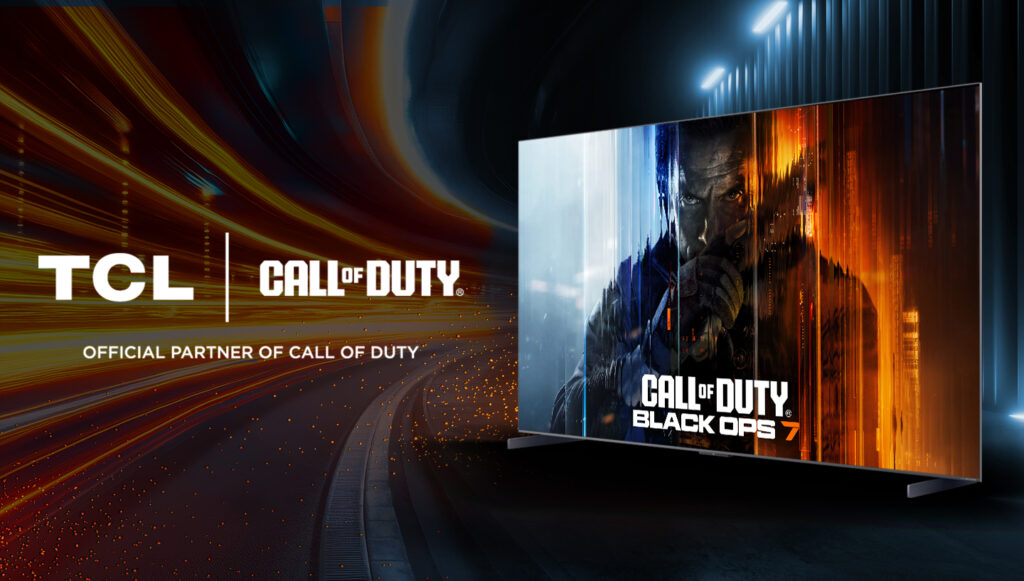
QLED Visuals With 144Hz Sweetness
All four models in the T7 lineup support 4K resolution at 3840 × 2160. The 55-inch variant uses a 120Hz panel, while the 65, 75, and 85-inch versions move up to a native 144Hz refresh rate. This high refresh rate improves fast-motion clarity in games and sports content.
TCL adds support for variable refresh rate (VRR), Auto Low Latency Mode (ALLM), and Game Accelerator. The 85-inch model can reach up to 288 VRR, which helps reduce input lag during gameplay. These features make the T7 Series suitable for console and PC gamers who want smoother motion and lower latency.
All the HDR Formats You Could Ask For
TCL supports a wide range of HDR formats on the T7 Series. Each model handles Dolby Vision, HDR10+, HDR10, HLG, and Open HDR. This broad compatibility allows content from most major streaming platforms to play in the intended HDR format.
The AiPQ Pro processor powers TCL’s picture enhancement. It adjusts image settings in real time to boost contrast, color accuracy, and detail sharpness. The QLED panel supports 1.07 billion display colors and uses a high-brightness LED backlight to improve image clarity in bright environments.
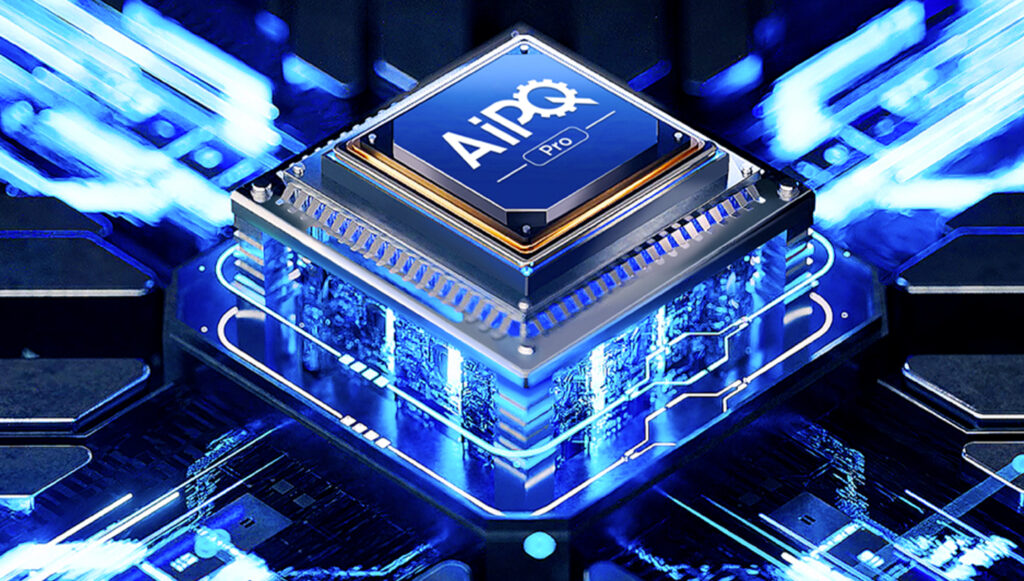
Smarter, Louder Smart TV
The T7 Series runs on Google TV. This platform gives access to thousands of apps and services, including Netflix, YouTube, and Disney+. Built-in Chromecast and Apple AirPlay 2 support allow wireless casting from Android and iOS devices.
TCL adds far-field microphones to all T7 models. This allows voice control without using the remote. The TVs also support Google Assistant, Amazon Alexa, and Apple HomeKit for smart home control. TCL includes a backlit voice remote and ships the unit with AAA batteries.
The 55-inch, 65-inch, and 75-inch models include a 2.0-channel speaker system, ranging from 20W to 30W. The 85-inch model features a 2.1 Onkyo speaker system with a built-in subwoofer and a total output of 40W. All models support Dolby Atmos and Dolby Digital+ formats to enhance spatial audio.
Ports, Power, and Peace of Mind
TCL includes four HDMI ports on each T7 TV, with one port supporting eARC. The TVs also come with USB 3.0 and USB 2.0 ports, Ethernet input, optical digital audio out, and RF input for antenna or cable. Wireless connectivity uses Wi-Fi 5 (802.11ac).
Other included features are sleep timer, multilingual on-screen display, closed captions, JPEG/MP3 playback from USB, and accessibility options. Power consumption remains under 0.5W in standby mode. The TVs do not carry Energy Star certification. Each model supports VESA wall mounting.
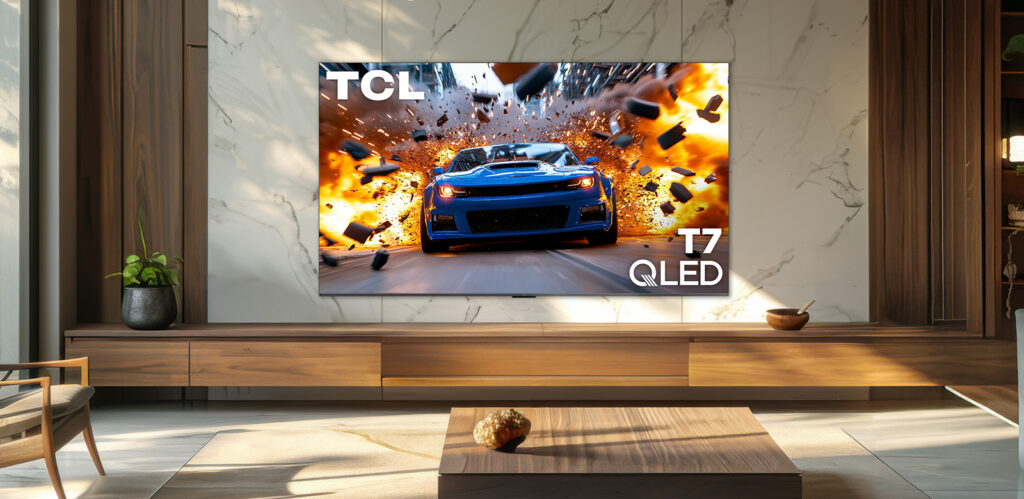
Value Without Compromise
TCL prices the 55-inch T7 at $599.99. The 65-inch model costs $699.99, the 75-inch version is listed at $899.99, and the 85-inch model comes in at $1,399.99. These prices make the T7 Series competitive in the mid-range segment. TCL has not announced a specific release date, but availability is expected by the end of the year.
The T7 Series checks many boxes for buyers who want a high-performance smart TV without entering the premium OLED or Mini LED space. With QLED visuals, 144Hz gaming support, advanced HDR compatibility, and solid audio options, the T7 Series stands out as a complete and well-rounded offering in its price class.
In related news, TCL CSOT showcases its printed OLED, Micro LED, MLED, and tri-fold display technologies at DTC2025, and TCL leads Double 11 TV sales once again as it strengthens its premium position with SQD Mini LED technology.



